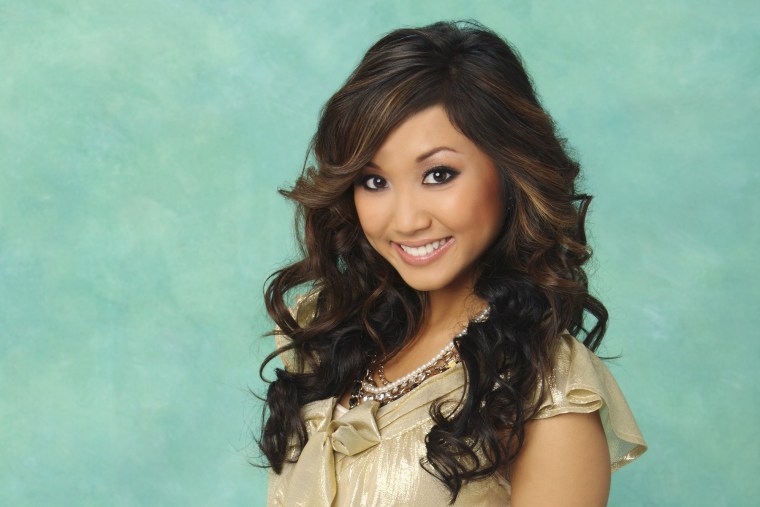A surge of 2000s nostalgia and a year of staying at home has young millennials and Gen Zers looking back as the world starts to move forward. Whether it’s a full-on binge of “Avatar: The Last Airbender” or a one-off episode of “iCarly,” watching kids TV shows that are newly available on streaming platforms has occupied the generations like it’s 2008 again.
But for Asian Americans, the childhood favs viewed through a 2021 lens can be a reminder of what might not have been clear at the time: Asian faces are nowhere to be seen. And if they’re there, the portrayals are often questionable.
“Would you rather have your people represented in the media poorly or not represented at all?” Kevin Do, 24, a researcher studying media representation at the University of California, Santa Barbara, often asks his students. “For me personally, I would take anything that I could get.”
This lack makes the few Asian characters who exist — good or bad — all the more pivotal for the self-image of a burgeoning population of young Asian Americans. Kids cling to any representation, and in the '90s and 2000s, some portrayals delivered but many took a toll.
Asian women tended to be exoticized and hypersexualized, young people said, and Asian men fell into model minority territory. Even certain features, black hair in particular, were associated with characters that were evil or tough compared to the blonde, blue-eyed main characters.
“The stereotypes that exist are both negative and positive,” Do said. “Positive stereotypes also have harmful outcomes.”
Growing up seeing characters that look like you portrayed as unmasculine, nerdy, overly sexy or unidimensional in general can limit kids’ self-esteem and how they view themselves in the context of their white American peers, Do said. But those few well-rounded characters make a marked positive difference.
London Tipton: 'The Suite Life of Zack and Cody'
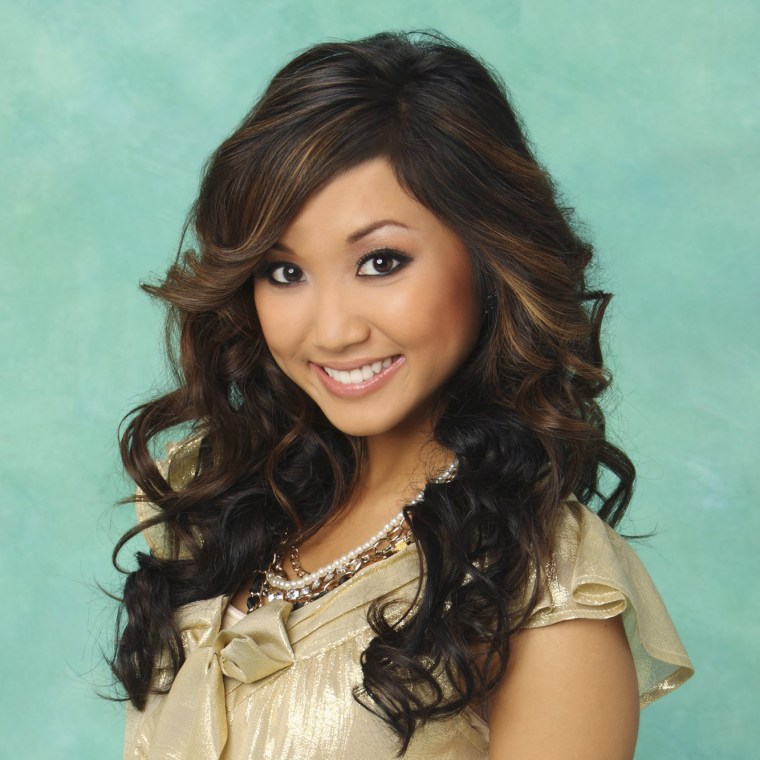
“The Suite Life of Zack and Cody” on Disney Channel was a staple for 2000s kids. It follows twins Zack and Cody (Dylan and Cole Sprouse) as they grew up in a five-star hotel, the Tipton Hotel. Also living in the building was London Tipton, heiress to her father’s hotel chain, played by Brenda Song.
For young Asian Americans at the time, the rich, fashionable airhead was a nice break from the stereotypes they were used to.
“I finally felt like, ‘Thank God, we don’t have to be super nerdy for once, and we can be silly and goofy,’” Suki Lanh, 29, said.
Shannon Donaghy, 28, was in middle school when she started watching “The Suite Life.” She said Song’s character took the edge off the stereotype that all Asian women had to be smart.
“It was the first time I’ve seen an East Asian girl portray someone who isn’t known for her intelligence but for her lack of intelligence,” she said. “Literally flipping the script. It was nice to feel somewhat validated in that not all Asian women had to be geniuses.”
Cristina Yang: 'Grey’s Anatomy'
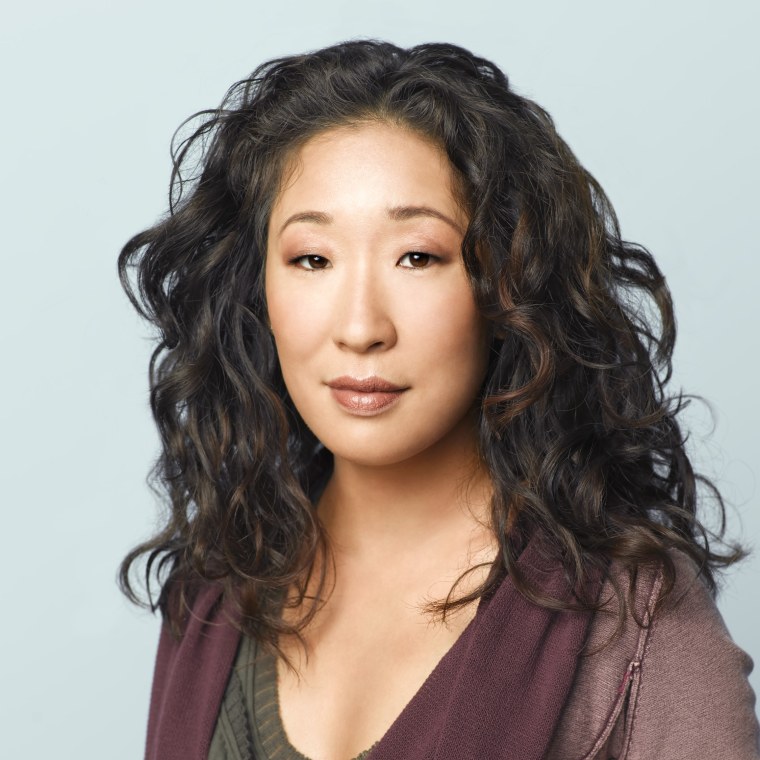
Portrayed by Sandra Oh, who has been outspoken for Asian American civil rights, Dr. Cristina Yang was an audience favorite on the medical drama.
Creator Shonda Rhimes said she cast “Grey’s Anatomy” without considering the race of the actors, and though the show has drawn criticism for having mostly white leads, young Asian Americans hail Yang as a character that got the storyline she needed.
“We don’t only see her as a physician and as a good physician, but we see her as tough and also emotional,” Do said. “She’s on the screen long enough for us to understand who Sandra Oh is in 'Grey's Anatomy.' You know her as more than just a smart person.”
Harold and Kumar
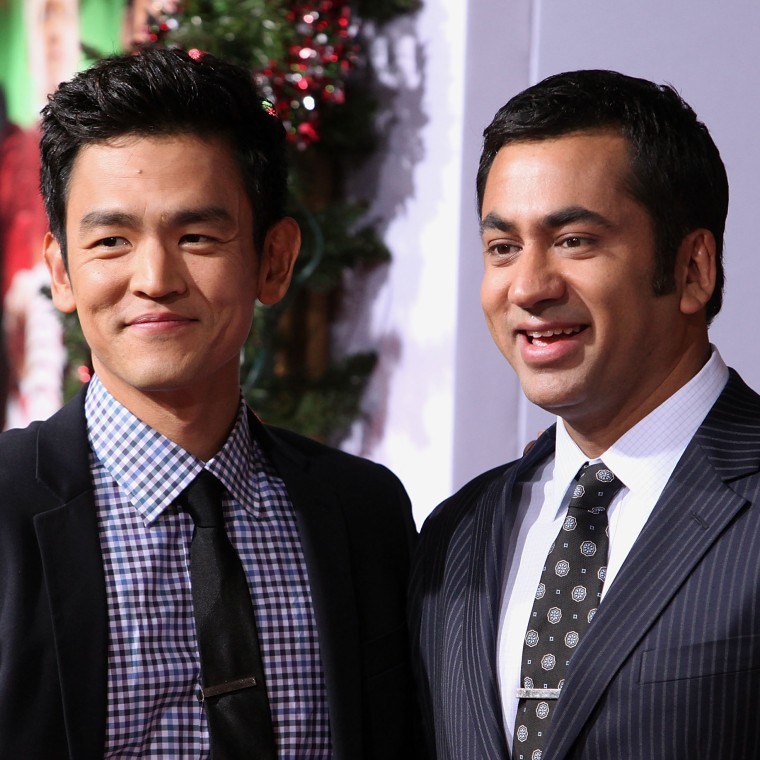
The "Harold and Kumar" film series centers on Korean American Harold Lee (John Cho) and Indian American Kumar Patel (Kal Penn), two stoners who get into various mix-ups.
The storylines in the movies sometimes touch on race. In the second film, Kumar is racially profiled as a “terrorist” and the two are sent to Guantanamo Bay. Asian American viewers said they loved that the characters were allowed to be silly and have misadventures, while their race was still part of their journey.
“It made me feel really seen,” Bhargava Chitti, 27, said. “It showed we are more than the stereotypes people ascribe to us. It reclaimed the reality of those stereotypes in an authentic way.”
'Avatar: The Last Airbender'
“Avatar: The Last Airbender,” an animated series that ran from 2005 to 2008, is a cult classic that found a new generation of viewers when its three seasons were added to Netflix. It inspired plush toys, personality tests and themed boba drinks, but the question has long been asked: Is it actually Asian representation?
The series follows a group of children from tribes that represent control of the four elements as they battle to prevent the Fire Nation from wiping them out. The show never directly addresses race, but all the characters are drawn as Asians with varying skin tones.
“You had not one, just one or two Asian cartoon characters, but you had a plethora of them,” Do said. “The nerdy one, the bad boy, the bully: There was so much variety.”
One glaring criticism of the show, Do said, is that most of the characters are voiced by white people.
“It is problematic because most of the time these characters will have to put on a slight Eastern accent,” he said. “What is the difference between positive representation there and yellowface?”
Japanese twins: 'Austin Powers'
For Asian American women growing up in the '90s and 2000s, often the only characters on screen that looked like them were overly sexualized and degraded by the white leads. “Austin Powers,” a series of three comedy films from 1997 to 2002, is an example that stands out in the minds of many young Asian Americans.
The movies featured two Japanese women portrayed in an overtly racist way, named “Fook Mi" and “Fook Yu." The main character of the movie was actively trying to have sex with them as a bucket list item.
“It made me feel dirty,” said Lucca Wang, 32. “I was aware that men were looking at me as a vulnerable sexual object instead of respectfully as a child with hopes and dreams. I wore clothes that were too big for me and was too shy to talk to any man, even if they were appropriate, respectful and nice.”
Cho Chang, Parvati and Padma Patil: 'Harry Potter'
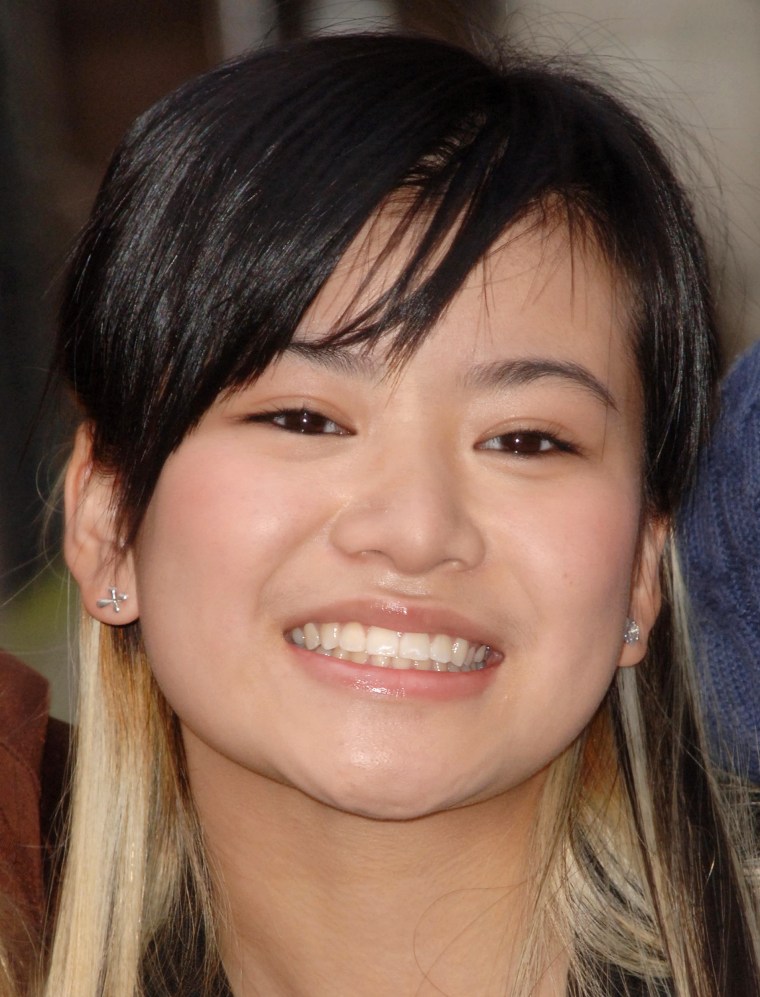
In the last few years, there’s been a reckoning over J.K. Rowling’s treatment of the Asian characters in the "Harry Potter" books, particularly Cho Chang. Translated from the page to the screen, her stereotypical name, her use as only a character for the white male leads to date and her flat but snitchy traits have all been criticized by audiences.
Indian wizard twins Parvati and Padma Patil were also caricatures, some Desi Americans say. Used only as dates for Harry Potter and Ron Weasley, the two girls linger in the background of scenes (always together) trying to attract Harry’s attention in high-pitched, flirty unison.
“They’re just background characters,” Do said. “We don’t even see them as a full-on individual. They’re just there to accessorize the main character.”
